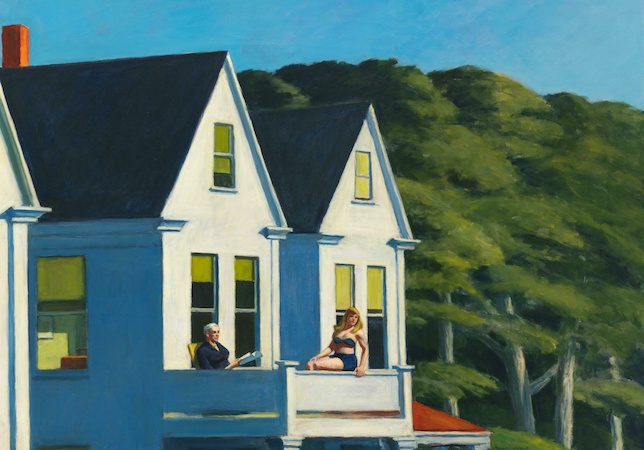The natural beauty is the origin of many myths and legends and it has inspired artists from all over the world. Studying the natural seasons in art is about understanding how artists came to visual representation of reality over time. We invite you to retrace the various ways in which this season has inspired artists.
Precious Manuscript Calendars. The Middle Ages.
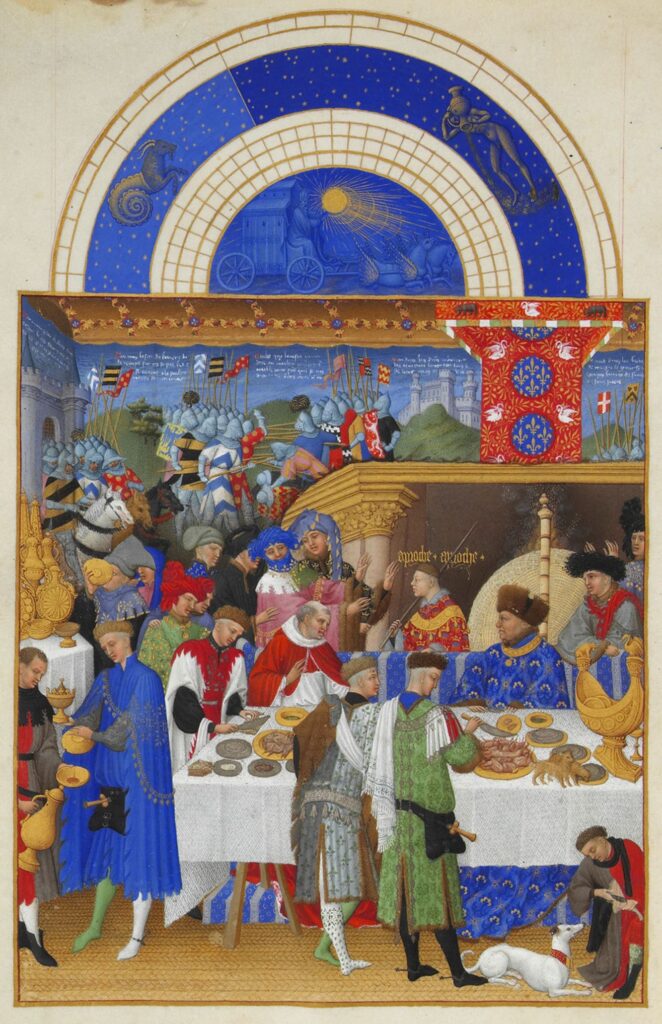
One of the most famous pieces of this kind is the Très Riches Heures du Duc de Berry (word-for-word, The Very Rich Hours of the Duke of Berry).The masterpiece was written at the beginning of the 15th century. These illuminations, executed with extraordinary precision, depict each month of the year and its attributes. Each page depicts a symbolic landscape, usually a famous castle, as well as labor and court activities corresponding to this month.
A Wealth of Representations. The Renaissance.
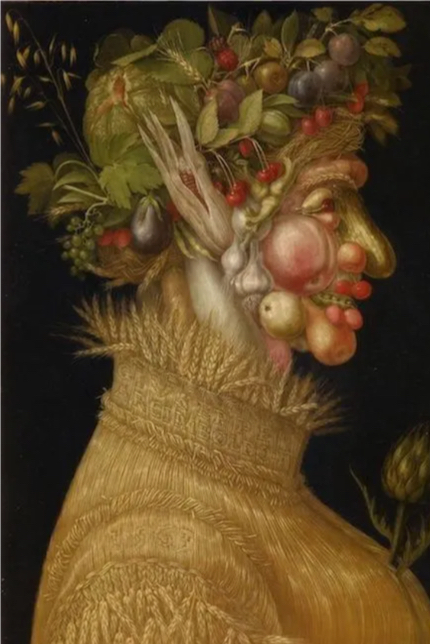
The Renaissance artwork, that one could argue is the most representative of summer is by Giuseppe Arcimboldo. One of the characteristic series in his work is that of the Four Seasons. Each one is represented by a figure in profile view. The character in Summer, painted in 1563, takes its form through a variety of fruit and vegetables.
Antiquity in the style of the times. The 18th Century.
In the 18th century, the guidelines of the Academy of Fine Arts in Paris had an absolute rule in the very definition of what constitutes a true work of art. Based on the values of the Renaissance, academic art glorified the visual discourses of antiquity. For example, the ideal body and the idealized naked body were perceived as markers of morality.
Throughout the century, the four seasons in art are often represented through natural allegories. In fact, it was in 1723 that Antonio Vivaldi composed his famous violin concertos that pay homage to this natural cycle!
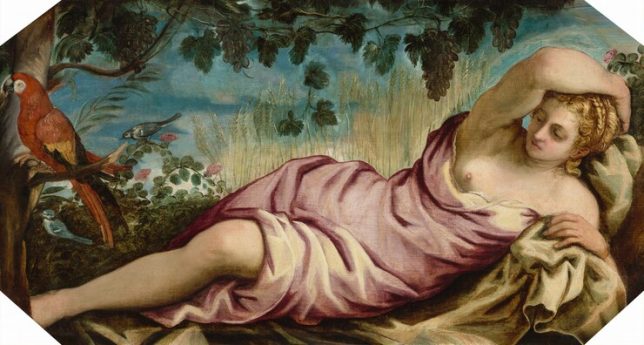
Modern landscapes, Impressionist vision. The 19th century
Summer played a decisive role in founding the Impressionist movement. Its emergence is attached to two works by Monet and Renoir, both painted in the summer of 1869 at the Grenouillère, in the surroundings of Paris.
Sun in the French Riviera. Contemporary Art.
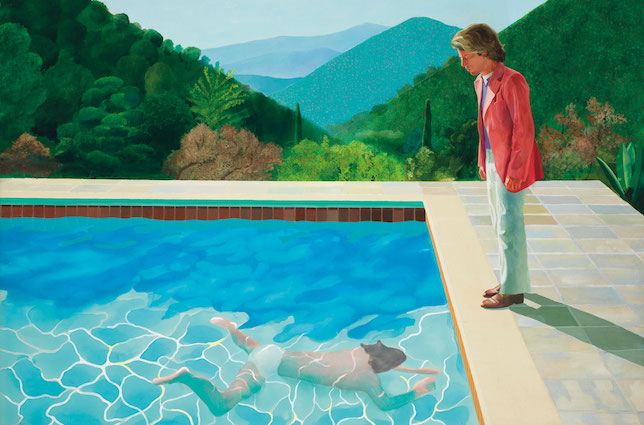
There are no rules in Contemporary Art. But let’s not forget the rules of the market: today, certain pieces sell for millions at auction.
In 2018, David Hockney, the British artist appreciated worldwide, broke all records for the most expensive works by a living artist, with Portrait of an Artist (Pool with Two Figures). Inspired by the artist’s own private life, this scene is contextualised in a St Tropez villa. It is truly a contemporary (and now iconic!) vision of the hot summer months.
Today, our daily life is not as much dependent on the season as in the past. However, we still welcome the warmer months with open arms, and artists continue to look to them for inspiration.






